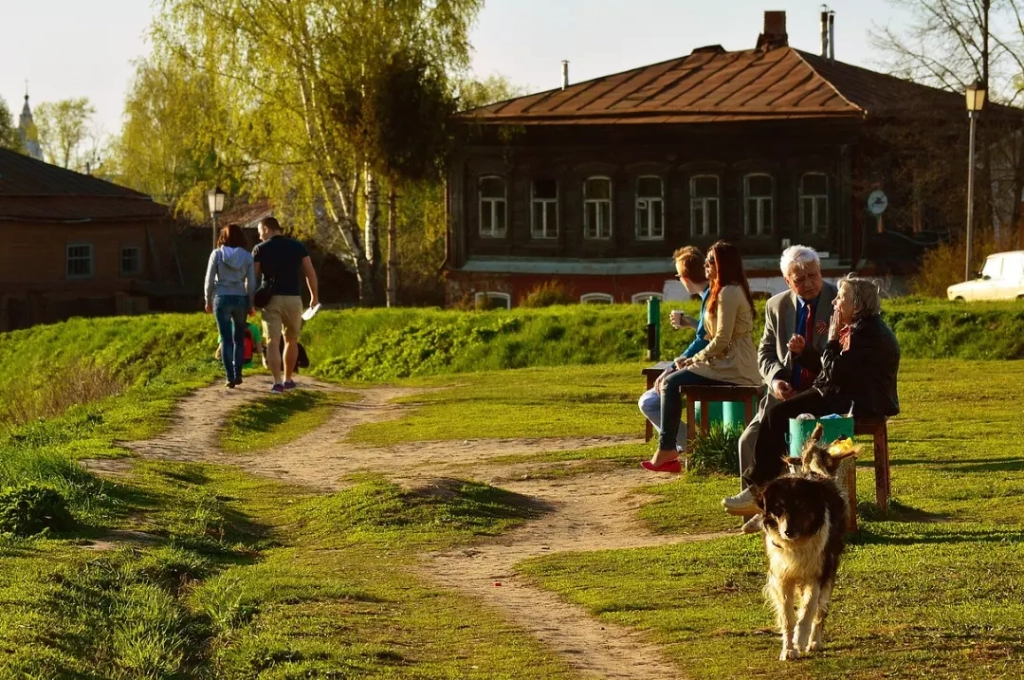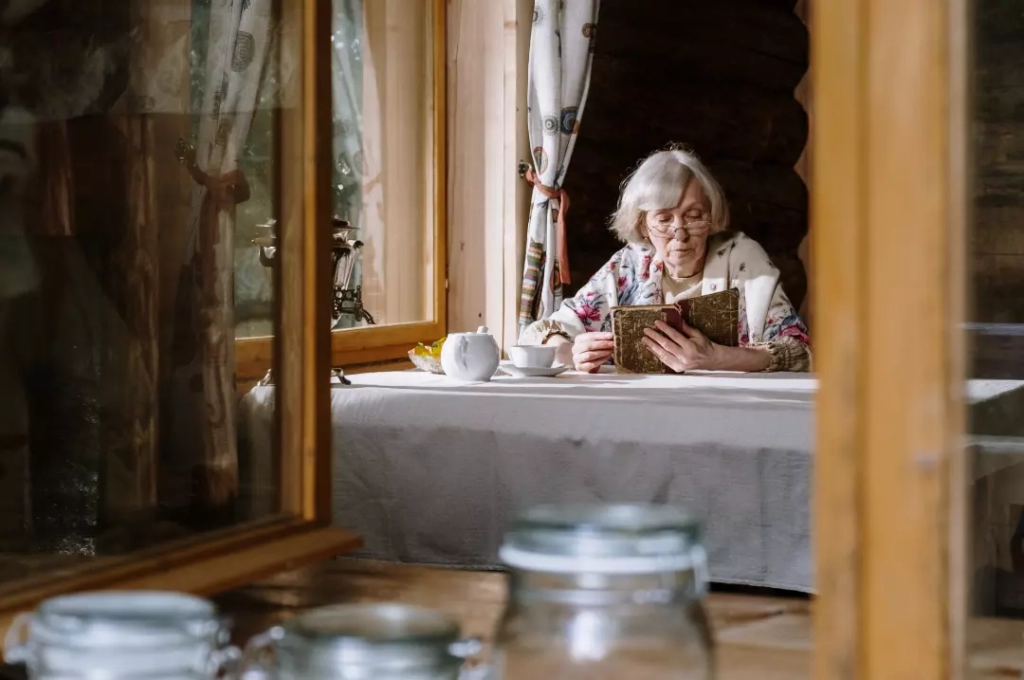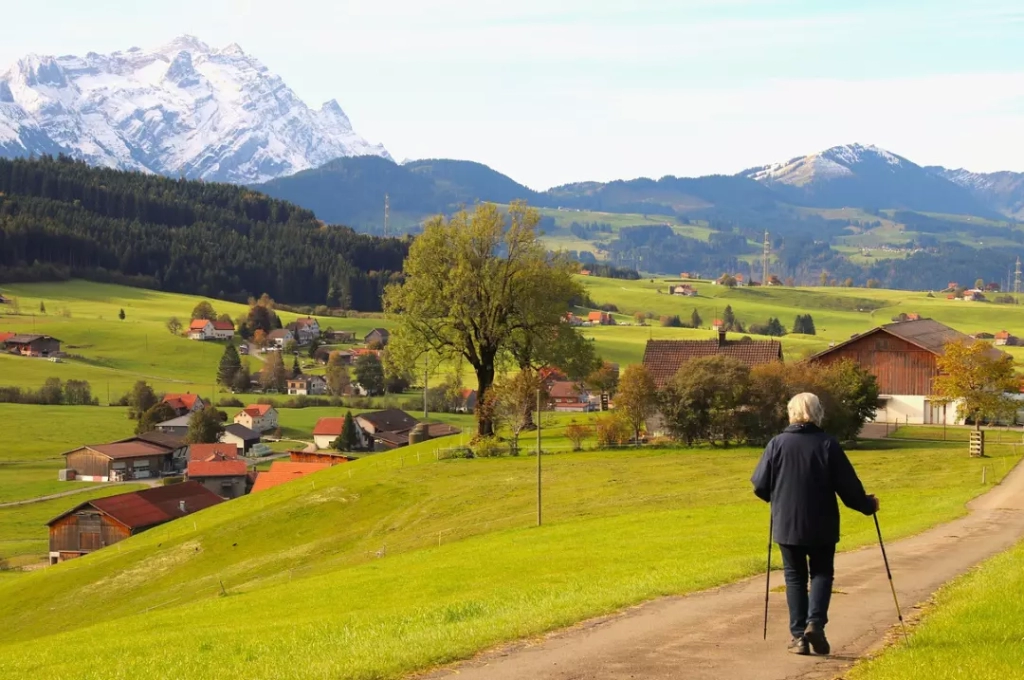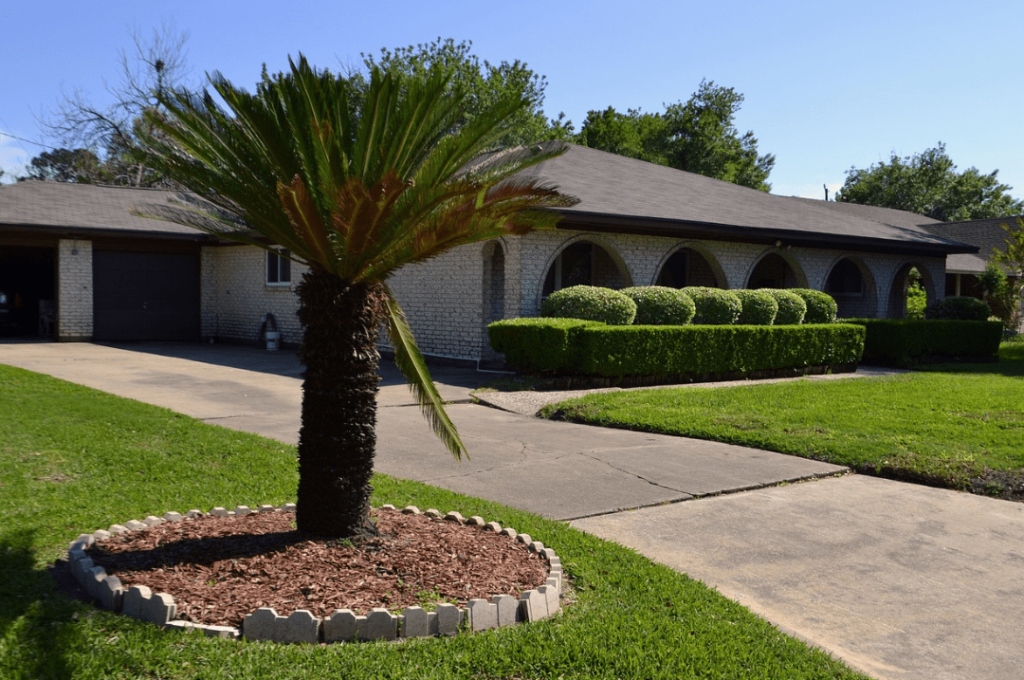Is it worth living in a retirement village?
Table of Contents
ToggleRetirement villages are becoming an increasingly popular choice for seniors looking to enjoy their golden years in a supportive and enriching environment.
In this blog post, we’ll delve into the question on many minds: “Is it worth living in a retirement village?” We’ll explore the various aspects that make retirement villages appealing, the costs involved, the pros and cons, and whether they contribute to a longer and healthier life.
Why choose a retirement village
Retirement villages offer a wealth of reasons that make them a compelling choice for seniors seeking a fulfilling and comfortable lifestyle during their retirement years. Let’s explore some of the key motivations behind why many individuals opt for retirement village living:
Community and social connections
One of the standout features of retirement villages is the strong sense of community they provide. Seniors often find themselves surrounded by peers who share similar life experiences and interests. This built-in social network can lead to meaningful friendships, opportunities for engaging conversations, and a sense of belonging that enriches daily life.
Access to amenities
Retirement villages are designed with residents’ well-being in mind, offering a wide range of amenities that cater to different interests. From fitness centres and swimming pools to art studios and game rooms, these facilities encourage an active and vibrant lifestyle. Having everything conveniently located within the community fosters an environment where staying physically and mentally active becomes an enjoyable routine.
Security and maintenance
Safety and peace of mind are paramount considerations for seniors. Retirement villages often offer 24/7 security and on-site staff, ensuring that residents feel safe and protected at all times. Additionally, the burden of home maintenance is significantly reduced, as communities take care of tasks like lawn care, repairs, and property upkeep. This allows residents to focus on enjoying their retirement rather than worrying about household chores.
Engaging activities and events
Retirement villages are known for their diverse and engaging activities and events. These can range from group outings, educational workshops, and hobby clubs to cultural celebrations and wellness programs. The availability of such a wide variety of activities ensures that residents can explore new interests, stay mentally stimulated, and maintain an active social life.
How much does it cost to live in a retirement village?
Understanding the costs associated with retirement village living is crucial for making an informed decision about this lifestyle. Let’s break down the financial aspects to give you a clear picture of what to expect:
Entry fees
Retirement villages often require an initial payment known as an entry fee or buy-in fee. This fee can vary widely based on factors such as location, amenities, and the type of housing you choose. Entry fees might cover the cost of your residence, access to community facilities, and some services. It’s important to inquire about the specifics of the entry fee structure and whether it’s refundable under certain circumstances.
Monthly fees
In addition to the entry fee, residents typically pay monthly fees to cover ongoing expenses. These fees can include utilities, maintenance, landscaping, security, and access to communal services and activities. The monthly fees vary based on the level of services and amenities provided by the retirement village. Make sure to inquire about what’s included in the monthly fees and whether they are subject to change over time.
Financial planning
When considering retirement village costs, it’s wise to engage in careful financial planning. Assess your current financial situation, including retirement savings, pensions, and investments. Determine how the retirement village expenses fit into your budget and whether they align with your long-term financial goals. Seek advice from financial professionals to ensure you’re making a financially sound decision.
The cost of living in a retirement village involves both an entry fee and monthly expenses. Understanding these financial aspects and conducting thorough financial planning can help you make a well-informed choice that aligns with your retirement goals.

Is it worth living in a retirement village?
The question of whether living in a retirement village is worth it is deeply personal and depends on individual preferences, needs, and priorities. Let’s take a closer look at the factors that can help you determine if retirement village living aligns with your vision of a fulfilling retirement:
Quality of life
Retirement villages are designed to enhance the overall quality of life for seniors. The sense of community, social interactions, and access to amenities contribute to a vibrant and engaging daily routine. If you value a supportive environment that encourages active living and meaningful connections, a retirement village might be worth considering.
Personal preferences
Your lifestyle preferences play a significant role in deciding if retirement village living is a good fit. Consider whether you enjoy participating in group activities, making new friends, and having access to a variety of amenities. If these aspects align with your interests and values, the retirement village experience could be highly rewarding.
Potential trade-offs
It’s important to acknowledge that there might be trade-offs associated with retirement village living. While the community aspect can be enriching, it might come with a level of reduced privacy and independence compared to living in a standalone home. Reflect on your need for solitude and autonomy as you weigh the benefits and potential drawbacks.
The worthiness of living in a retirement village is highly individual. If you’re drawn to the idea of a close-knit community, engaging activities, and the convenience of shared amenities, a retirement village could be a valuable choice. However, it’s essential to assess how well the lifestyle aligns with your personal preferences and aspirations.
Pros and cons of living in a retirement village
As you consider the decision to live in a retirement village, it’s essential to weigh the advantages and potential drawbacks. Let’s delve into the pros and cons to help you make an informed choice that aligns with your lifestyle and preferences:
Pros
Social connections
Retirement villages foster a sense of community, providing numerous opportunities to connect with like-minded individuals. Engaging in social activities and forming friendships can lead to a fulfilling and enriched retirement.
Low maintenance
Say goodbye to the hassles of home maintenance. Retirement villages handle maintenance tasks, freeing you from worries about repairs, yard work, and other chores.
Activities and events
Enjoy a wide range of activities and events right at your doorstep. From fitness classes and arts workshops to cultural outings, retirement villages offer a diverse array of options to keep you engaged and active.
Healthcare access
Some retirement villages provide on-site healthcare facilities or are located near medical services, ensuring that healthcare needs are readily met.
Cons
Cost
Living in a retirement village involves entry fees and ongoing monthly expenses. It’s crucial to assess whether these costs fit into your financial plans and retirement budget.
Lack of independence
While retirement villages encourage social interactions, some individuals may feel that their independence is slightly compromised compared to living in a standalone home.
Community dynamics
Close-knit communities can sometimes lead to conflicts or differences in personality. It’s important to be prepared for potential challenges in maintaining harmonious relationships.
Transition difficulties
Moving to a retirement village entails adapting to a new environment and routine. This transition can be challenging for some individuals, especially if they’ve lived in their previous homes for a long time.
Retirement villages offer a spectrum of advantages, from fostering social connections to eliminating maintenance worries. However, it’s important to weigh these benefits against potential drawbacks such as costs and adjustments to community living.

Eligibility for retirement village living
Before considering retirement village living, it’s important to understand the eligibility criteria that determine who can reside within these communities. Let’s explore the key factors that influence eligibility:
Retirement status
While the term “retirement village” might suggest that only retirees can live there, this isn’t always the case. Some retirement villages have age restrictions, requiring residents to be a certain age (often 55 or older). However, others may allow pre-retirement individuals to reside as well, as long as they meet the age requirement.
Age restrictions
Age restrictions vary from one retirement village to another. Some may require residents to be at least 55 years old, while others might set a different age threshold. It’s crucial to check the specific age requirements of the retirement village you’re interested in.
Health requirements
Certain retirement villages may have health-related eligibility criteria. These criteria could involve health assessments to ensure that residents can live comfortably within the community’s environment and avail themselves of the available amenities.
Retirement village eligibility varies based on factors like retirement status, age restrictions, and, in some cases, health considerations. It’s important to research the specific requirements of the retirement village you’re considering to ensure that you meet the criteria.
Do people in retirement villages live longer?
The quest for a longer and healthier life is a shared aspiration, especially as we approach our senior years. Let’s delve into the intriguing question of whether residing in retirement villages has an impact on longevity and well-being:
Social engagement and health benefits
Studies have shown that social connections play a vital role in promoting longevity and overall well-being. Retirement villages are designed to encourage social interactions, providing a built-in community that can combat feelings of isolation and loneliness. Engaging in social activities and forming friendships can positively impact mental and emotional health, potentially contributing to a longer and happier life.
Access to amenities and activities
Retirement villages offer a wide range of amenities and activities aimed at keeping residents active and engaged. Regular physical activity, mental stimulation, and participating in meaningful pursuits have been linked to improved health outcomes and a higher quality of life. Having easy access to these opportunities can certainly contribute to better overall health in the long run.
Individual factors
It’s important to note that while retirement village living can provide a conducive environment for healthy ageing, individual factors also play a significant role in determining longevity. Genetics, lifestyle choices, access to healthcare, and overall health conditions are equally important factors that influence how long an individual lives.
While residing in a retirement village can provide a supportive environment for social engagement and an active lifestyle, there is no guaranteed formula for extended life. The community, amenities, and activities within retirement villages can certainly contribute positively to health and happiness, but it’s essential to consider them alongside other factors that influence overall well-being.

Remember that the worthiness of retirement village living is deeply personal and depends on your individual preferences, needs, and aspirations. It’s crucial to assess how retirement village living aligns with your lifestyle, financial plans, and overall well-being goals.
Whether you’re seeking a close-knit community, convenient amenities, or enhanced social interactions, retirement villages can offer a unique and fulfilling lifestyle. As you consider this path, take the time to explore various retirement village options, understand the associated costs, and reflect on how the lifestyle resonates with your aspirations.









